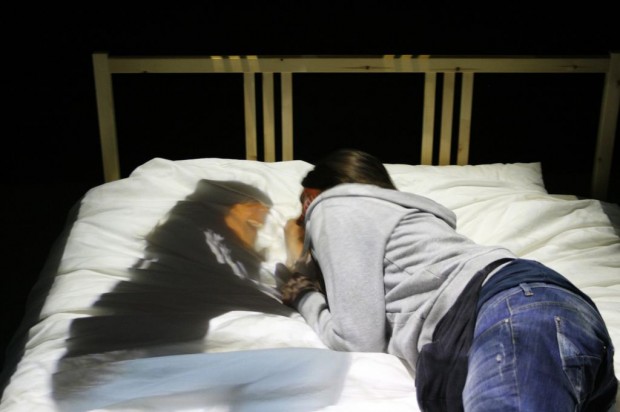Photography as a communication tool
Background
With the development of technology, the way of communication has been changed. We have another space to experience and communicate, that is virtual space. We always bring our laptop and smart phones everywhere we go. Virtual experience is getting more realistic and immersive. Art goes through this technological changes day by day. More and more artists choose to use technology as a media to present their ideas.
Art also has been changed. We could see an overseas exhibition without being there on Youtube and search a variety of images in different angles on Google. Artists make their own website for portfolio and upload all the information about their career and pictures of works. It became common that art galleries and museums share posters, information and installation view of exhibitions to promote them. That is to say, There is Internet before real exhibition. While searching for exhibition to go on the internet, we experience works and exhibitions on the screen as images before we get there.
Questions about physical work and virtual image
I think, as an artist who makes physical works, it is time for me to consider about the relationship between physical work and virtual image, not even photography work, the image of physical work.
For example, I made my idea into physical work. And I put it in the studio or gallery and took some photos of installation view. After then, I remove my work and put it somewhere in the corner just like a packing for moving. I have some images of my work and I submit some applications to other galleries or supporting programs for artists with this images. Also I upload this images on my portfolio website.
It makes me think about the relationship between my physical works and virtual images of them including my photography works. Which one is real final work? I decided to think all of them as real work and arrange them into the whole context of my work by giving them different role.
Physical Work : Isolation in repetitive plane
I’m interested in repetition and pattern in the city architecture. I try to capture anxiety and confusion in formative arrangement of buildings. I usually make installation works using industrial materials such as stainless pipe, cement and acrylic mixed with graphic images.











Images on screen
I often encounter alien landscape of the city and take a photo with my iphone. I zoom in the specific scene until it full the screen. For me, the images that I have taken are abstract, floating images of city where I live in. They are close to graphics. So I decided to show these images on the screen, not on the printed paper. If they are printed and put on the wall with frames, they would be landscape snapshots of city which we can see everywhere. I think they should be virtual and unmaterial.

Photography as a communication tool
I want to arrange my photography as a tool for visual communication. So I would like to sequence images for storytelling visually. Storytelling could be a strategy to communicate well in my entire work process.
While working on exhibitions, I often feel that I could not communicate with audiences and get a feedback about my work. That’s because exhibition is very temporary practice and I don’t have enough chance to meet audiences except exhibition. Also, it’s because there is no effort to explain how audiences can enjoy contemporary art and at the same time, people don’t pay attention to contemporary art, especially in Seoul. Some art museums and galleries try to offer the opportunities for public to meet artists such as art workshops or artist talks, but sometimes it doesn’t work well or there is no further conversation between artists and audiences.
I think that “artists as a ethnographer” which was introduced in the class could be a solution to improve communication with public. With reference book “Doing visual ethnography”, I try to arrange my photography works and strategy to improve communication method.
Just as reality is not solely ‘visible’ or observable, images have no fixed or single meanings and are not capable of capturing an objective ‘reality’.
The connection between visual images and experienced reality is constructed through individual subjectivity and interpretation of images.
It is not solely the subjectivity of the researcher that may ‘shade’ his or her understanding of ‘reality’, but the relationship between the subjectivities of researcher and informants that produces a “negotiated version of reality”
Sarah Pink, Doing visual ethnography




